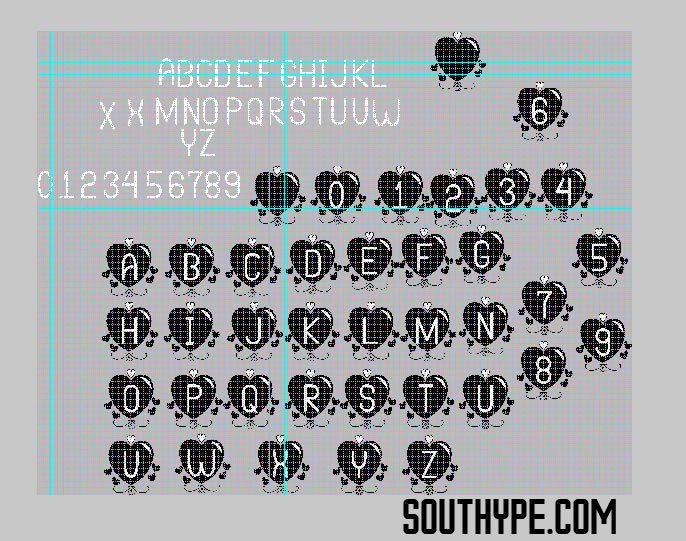
Typeface design, often referred to as typography, is an intricate art form that involves the meticulous crafting of letters and characters. It is an essential aspect of visual communication, with profound implications for various design disciplines, including graphic design, branding, and advertising. This essay explores the fascinating world of typeface design, its historical significance, the creative process involved, and its impact on contemporary visual culture.
- Historical Significance and Evolution: Typeface design has a rich history that spans centuries. From the early handwritten scripts to the invention of movable type by Johannes Gutenberg in the 15th century, typography has played a pivotal role in disseminating information and shaping cultural aesthetics. Over time, various typeface styles and classifications emerged, reflecting the influences of different periods and design movements, such as the elegant serifs of the Renaissance or the minimalist sans-serifs of the modernist era. Typeface design has continuously evolved, adapting to the needs and aesthetics of each era.
- The Creative Process of Typeface Design: Designing a typeface involves a meticulous and iterative process. It begins with research and inspiration, drawing from historical references, cultural contexts, and contemporary design trends. The designer then proceeds to sketch initial concepts, experimenting with different letterforms, stroke widths, and proportions. These sketches are then refined and digitized using specialized software, allowing for precise control over each character’s shape, spacing, and details. Attention is given to legibility, legibility, and aesthetic appeal, striking a balance between form and function. The process often requires countless iterations, adjustments, and refinements to achieve a harmonious and well-crafted typeface.
- Influence on Visual Culture and Branding: Typeface design plays a crucial role in shaping visual culture and branding. The choice of typeface can evoke specific emotions, convey a brand’s personality, and create a distinct visual identity. For example, a serif typeface may convey elegance and tradition, while a bold sans-serif can communicate modernity and simplicity. Companies invest in custom typefaces to differentiate their brand and create a unique visual language that resonates with their target audience. Typeface design is integral to brand recognition and is often one of the key elements that define a brand’s visual identity.
- Accessibility and Readability: Typeface design also has a significant impact on readability and accessibility. Well-designed typefaces prioritize legibility, ensuring that letters and characters are easily distinguishable. Factors such as letter spacing, x-height, and stroke contrast contribute to overall readability. Additionally, typeface designers must consider the needs of diverse readers, including those with visual impairments or dyslexia, and create inclusive typefaces that facilitate easier reading.
- Pushing Boundaries and Experimentation: Contemporary typeface design pushes the boundaries of creativity and experimentation. With advancements in technology and digital tools, designers have greater freedom to explore unconventional and innovative letterforms. Experimental typefaces challenge traditional norms, blurring the line between legibility and artistic expression. These avant-garde typefaces find their place in expressive designs, editorial layouts, or as artistic installations, pushing the boundaries of what is considered typographically possible.
Conclusion: Typeface design is a captivating and multifaceted discipline that marries artistic expression with functional communication. It has a rich historical lineage and continues to shape visual culture in profound ways. Typeface designers, through their meticulous craftsmanship, create letterforms that convey meaning, evoke emotions, and enhance readability. Typeface design’s impact extends beyond the realm of graphic design, influencing branding, advertising, and the overall aesthetics of contemporary visual communication. As technology advances and design trends evolve, the art of typeface design will undoubtedly continue to evolve and leave an indelible mark on the visual landscape.
